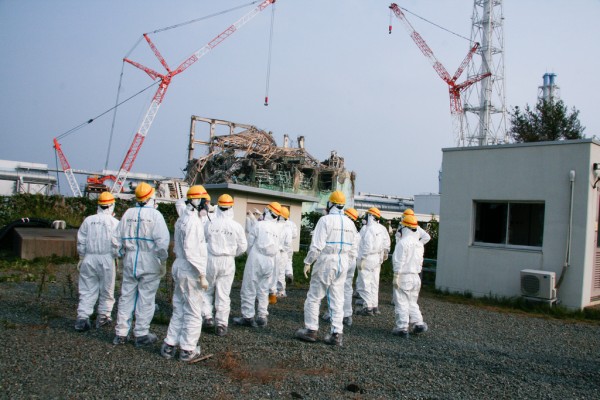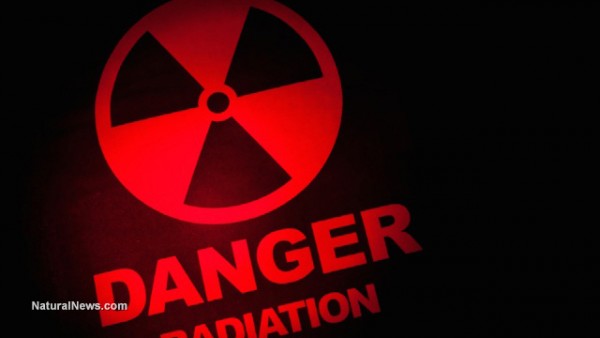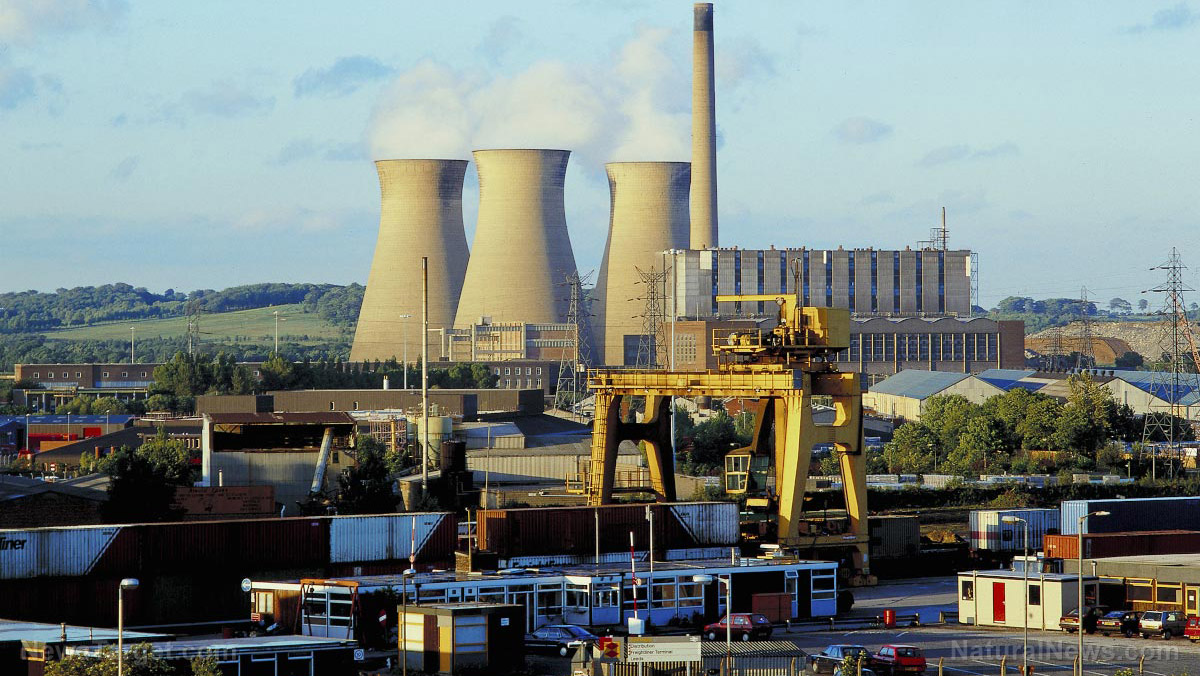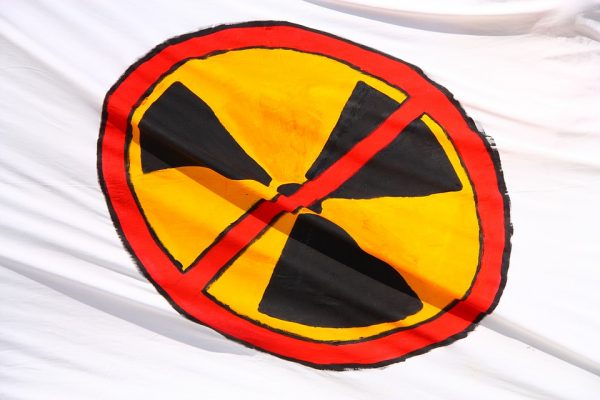Radioactive water being stored at the Fukushima power plant approaches the limit; Japanese officials still have no plan to dispose of it
06/14/2018 / By Ethan Huff

There’s almost no more room for anymore storage tanks at the Tokyo Electric Power Company (TEPCO) nuclear reactor site in Fukushima, Japan, which means that very soon there won’t be any way to dispose of the ever-growing amount of treated water, also known as tritium water, that continues to accumulate within the disaster area.
Neither the Japanese government nor TEPCO officials have made a decision as to how they plan to proceed with cleanup at the failed nuclear plant, which was severely damaged by a major earthquake and tsunami that occurred back in 2011. Currently, the amount of groundwater that’s entering the fatally damaged No. 1 nuclear plant amounts to about 160 tons per day.
Purification devices set up at the site are able to remove most of the radioactive materials from this water, except for tritium, a radioactive isotope of hydrogen that can’t be removed for “technical reasons.” Consequently, tritium-contaminated water continues to increase, despite the fact that there’s increasingly no where to put it.
Existing storage tanks at the site have a total capacity of about 1.13 million tons of water. But roughly 1.07 million tons of that amount, or about 80 percent of it, is already filled with contaminated water – meaning there’s very little left to spare.
Officials have been frantically trying to make more space for new storage tanks by razing forests and clearing other nearby areas, which has added about 230,000 square meters – the rough equivalent of about 32 soccer fields – to the storage area. However, there’s almost no more space beyond this, meaning the Fukushima site has about reached its max in terms of contaminated water storage space.
“Operation of tanks is close to its capacity,” stated a senior official from the Economy, Trade and Industry Ministry, noting that even if the existing tanks are “upgraded” to be larger, there still will come a time when there’s no more storage space available.
“It is impossible to continue to store [treated water] forever,” added Akira Ono, TEPCO’s chief decommissioning officer.
TEPCO is currently in the process of securing a total of 1.37 million tons of storage capacity by the end of 2020, which will buy some time. But what the company will do after that when no more storage space is available remains unclear, as the experts have yet to come up with a plan.
Nuclear industry working group suggests diluting tritium water and dumping it into the ocean
While tritium is naturally occurring in nature, and can be found in the ocean, in rivers, and even in tap water, the amount of it being generated at Fukushima is far too high for safety. A nuclear industry working committee is trying to figure out new ways to dispose of the contaminated water, with one idea involving mass dilution so that it can simply be dumped into the ocean.
Since June 2016, this working group has come up with four other ideas for the disposal of tritium water that include releasing it through evaporation or following hydrolysis, burying it underground, and injecting it into geological layers. The cheapest and quickest, however, is to simply dump it into the sea.
Another committee was also formed to maintain the narrative that “everything’s going to be alright,” essentially. With a stated purpose of fighting “harmful misinformation,” this committee has been meeting for a year and a half already and has yet to come up with any conclusion or suggestions.
Meanwhile, many warn that beginning to dump tritium water into the ocean is a bad idea, especially as Fukushima’s fishing industry is only just now beginning to revive itself. Contaminating nearby waters would only strengthen concerns that fish and other seafood caught near Fukushima are dangerous due to radioactive contamination.
See FukushimaWatch.com for more news on Fukushima.
Sources for this article include:
Tagged Under: cleanup, dumping, Ecology, environ, Fukushima, nuclear, nuclear power, radiation, radioactive, storage tanks, treated water, tritium water



















